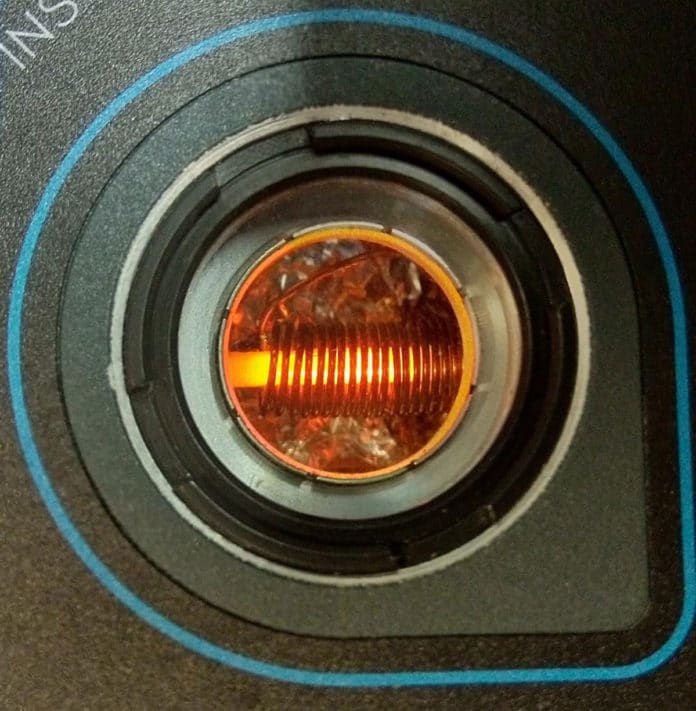There is a significant hindrance to developing long-haul quantum communication systems: After a few hundred kilometers within an optical fiber, the photons that carry the qubits or ‘quantum bits’ (the information) disappear. It, therefore, lose the quantum state that assures its confidentiality.
However, it remains challenging to achieve long-duration storage at the quantum level.
Recently, a UNIGE team successfully stored qubit or quantum bit for 20 milliseconds. By doing so, they have set a world record. Simultaneously, they have taken a significant step towards developing long-distance quantum telecommunications networks.
Before this, a solid-state quantum memory had never before achieved this duration.
In 2015, Mikael Afzelius from the University of Geneva (UNIGE) was able to store a qubit carried by a photon for 0.5 milliseconds in a crystal (a ‘memory’). This process switched the photon from its quantum state to the crystal atoms before disappearing. Though, this phenomenon was not able to last long enough.
In this study, scientists increased this duration by storing a qubit for 20 milliseconds. This is a world record for a quantum memory based on a solid-state system, in this case, a crystal.
What’s more, scientists reached the 100-millisecond mark with a small loss of fidelity.
In a previous study, scientists used crystals doped with certain metals called ‘rare earths’ (europium). These rare earth materials can absorb and re-emit light. Scientists kept these crystals -273,15°C (absolute zero). At more than 10°C, the thermal agitation of the crystal destroys the entanglement of the atoms.
In this study, scientists applied a small magnetic field of one-thousandth of a Tesla to the crystal. They then used dynamic decoupling methods, which sent intense radio frequencies to the crystal. The technique decouples the rare-earth ions from perturbations of the environment and increases the storage performance by almost a factor of 40.
The study could lead to the development of long-distance quantum telecommunications networks. They also bring the storage of a quantum state carried by a photon to a time scale that humans can estimate.
Mikael Afzelius said, “The challenge now is to extend the storage time further. In theory, it would be enough to increase the duration of exposure of the crystal to radio frequencies. Still, for the time being, technical obstacles to their implementation over a longer period of time prevent us from going beyond 100 milliseconds. However, these technical difficulties can certainly be resolved.”
Journal Reference:
- Ortu, A., Holzäpfel, A., Etesse, J. et al. Storage of photonic time-bin qubits for up to 20 ms in a rare-earth doped crystal. npj Quantum Inf 8, 29 (2022). DOI: 10.1038/s41534-022-00541-3
